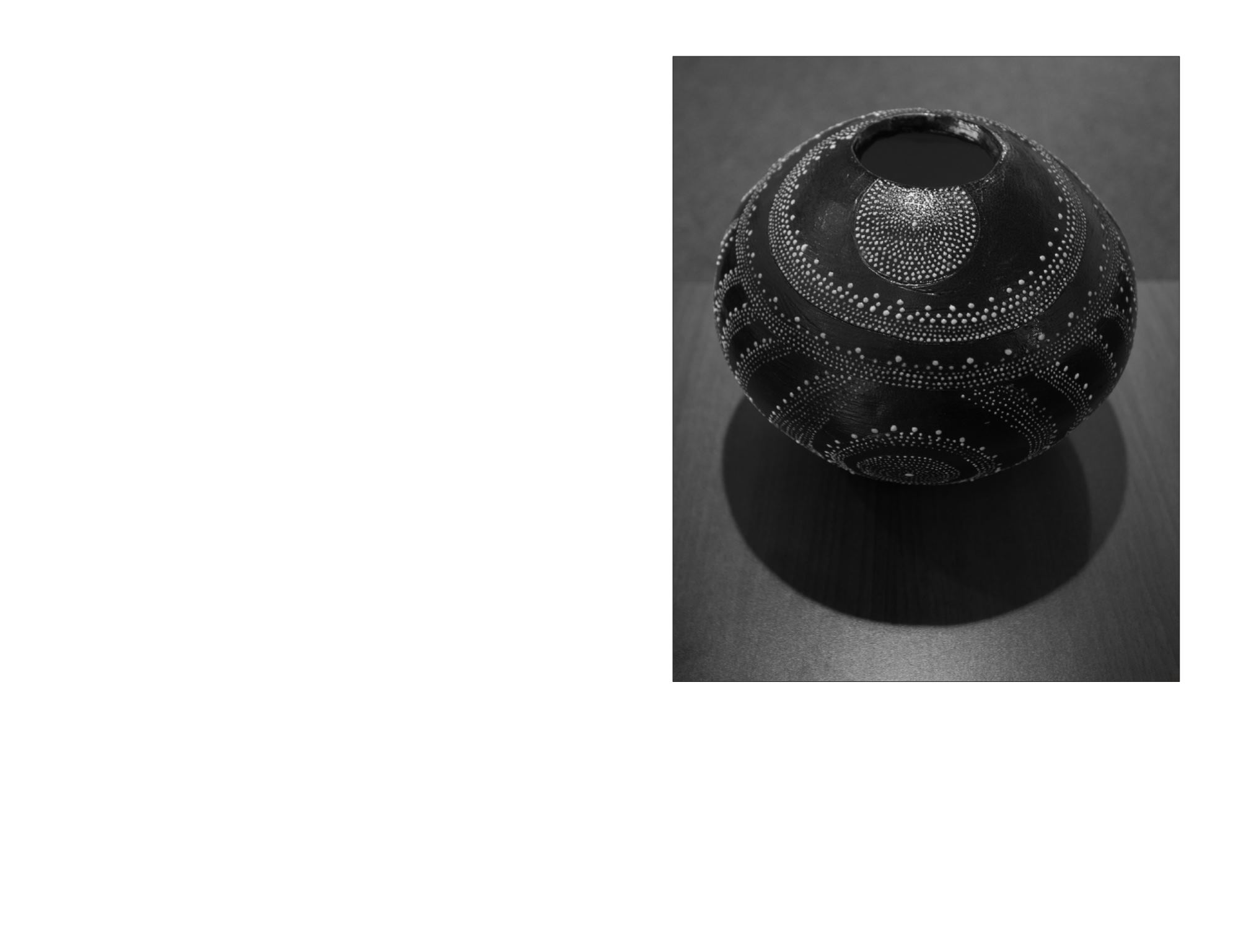

18
TUSCARORA REVIEW 2016
2016 TUSCARORA REVIEW
19
to be before the war. Eventually, Henry gets to work fixing up the Olds, and there
is a glimmer of hope that maybe this will help him cope with all that he’d been
through. Ultimately, however, at the end of the story, Henry admits to knowing
Lyman intentionally trashed the car to hopefully alleviate Henry’s pain. It is as if
Henry believes he is so far gone from his former self, which may be what pushes
him to jump into the swollen, overflowing river and kill himself.
Suicide is the ultimate trauma for a family and community. And while the story
may end with a bit of closure for Lyman, as he sends the convertible off into
the river, Henry’s suicide certainly still had an impact. In a collection of personal
accounts of Native American Vietnam Veterans called “Vietnam Powwow: The
Vietnam War as Remembered by Native American Veterans,” American Indian
Vietnam Veteran Steve Gano says, “The doctor down in Missoula flat told me
that a lot of vets were committing suicide over this thing, and that doctors
really don’t know what to do to help them.” So at the time, even doctors with
experience in war trauma didn’t know what to do to stop or curtail these suicides
by Vietnam Veterans. Gano later goes on to add, “The figures for 1988 by the vet
organizations figure that 60,000 vets will probably commit suicide this year.” It’s
a startlingly high number and, sadly, it most certainly included many American
Indian veterans.
Louise Erdrich’s “The Red Convertible” illuminates an often overlooked and
underrepresented facet of American society. Not only were all Vietnam Veterans
coming home defeated, traumatized, and largely ridiculed by the general public
but American Indian Veterans were suffering even more so. They encountered
extreme violence, combat, and racism, leading to the highest percentages of
trauma and post-traumatic stress disorder by race. Yet, according to the National
Center for PTSD, “American Indians and Native Hawaiians received combat
service medals more often than individuals in other ethnic groups.” So despite
the immense and unimaginable hardships they endured, American Indian Vietnam
Veterans should be remembered and celebrated for their actions and heroism in
the face of unknowable trauma above and beyond the call of duty.
Works Cited
Beals, Janette, et al. “The Prevalence of Posttraumatic Stress Disorder Among American Indian
Vietnam Veterans: Disparities and Context.” Journal of Traumatic Stress 15.2 (2002): 89.
Academic Search Premier. Web. 7 Dec. 2015.
Erdrich, Louise. “The Red Convertible.” Approaching Literature. 3rd ed. Peter Schakel and Jack
Ridl. Boston and New York: Bedford/St. Martin’s, 2012. 126-133. Print.
Gano, Steve. “Vietnam Powwow: The Vietnam War as Remembered by Native American
Veterans.” Ed. Robert Sanderson. American Native Press Archives and Sequoyah Research
Center, University of Arkansas at Little Rock, n.d. Web. 7 Dec. 2015.
“Psychological Trauma for American Indians Who Served in Vietnam.” U.S. Department of
Veterans Affairs, National Center for PTSD. 17 Aug. 2015. Web. 7 Dec. 2015.
Scurfield, Raymond M. Healing Journeys: Study Abroad with Vietnam Veterans. New York, NY,
USA: Algora Publishing, 2006. ProQuest ebrary. Web. 7 Dec. 2015.
Maria Rivera,
Slip Trailin' Pot
— Ceramics
















